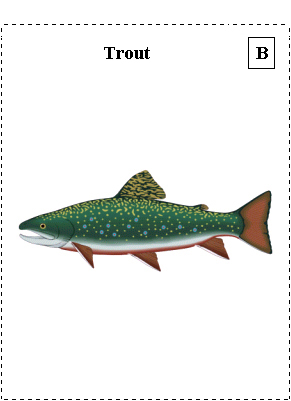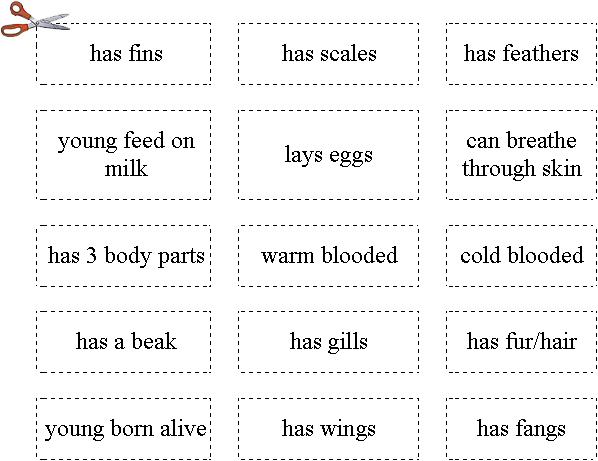Vertebrate animal groups
How to do this task
- Match the Animal Card to the Larger Animal Group.
- Find the following number of features for each animal group.
Find four features of the duck.
Find four features of the trout.
Find four features of the stoat.
Find three features of the tuatara.
NOTE: Not all the labels will be needed.
|
Animal Cards |
|
|
|
|
|
Larger Animal Groups |
|
|
|
Features of the Larger Animal Group |
|
|







